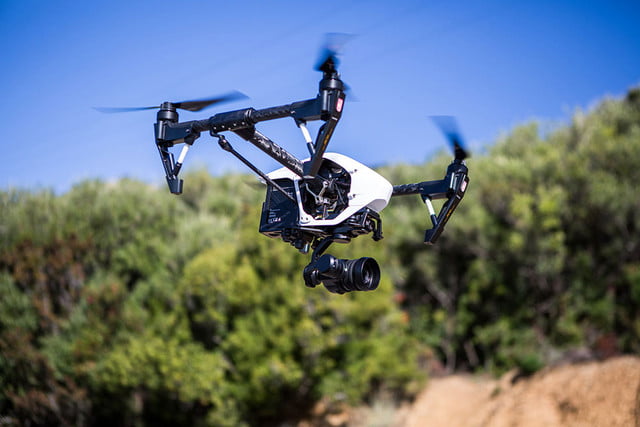
DJI has made some serious improvements to its Geofencing No-Fly technology, which uses GPS location data to prevent hobbyist drone pilots from flying in restricted airspace such as airports or other areas that are not suitable for drone piloting. The company says it is doing its part to help prevent issues like drones interfering with planes trying to land or depart from airports, or with firefighters trying to fight a wildfire.
This latest update to the No-Fly technology brings with it an aspect of customization that was not seen in previous versions. Some of these no-fly restrictions can now even be bypassed by pilots with verified DJI accounts, which apparently would enable DJI to tell law enforcement who was in the no-fly zone should it be asked. Not all restrictions can be bypassed, though — national security events, for example, can’t be unlocked.
DJI has also introduced more permanent restrictions around sensitive locations such as nuclear power plants and other places where drone pilots may be tempted to fly that could jeopardize their safety or the safety of others. This is in addition to the temporary restrictions already in place around sporting events, wildfires, or national security events.
“Safety is DJI’s top priority, which is why we first introduced geofencing technology three years ago and have been steadily refining the industry’s best technology to enhance aviation safety,” Brendan Schulman, DJI vice president of policy and legal affairs, said in a statement.
The latest update, which began rolling out this week in the newest update to the DJI Go app, will be compatible with all of DJI’s Phantom drones going back as far as the Phantom 3 Advanced. Models older than that are still able to fly about without any sort of restriction — for now.
[Source:- Digital trends]




